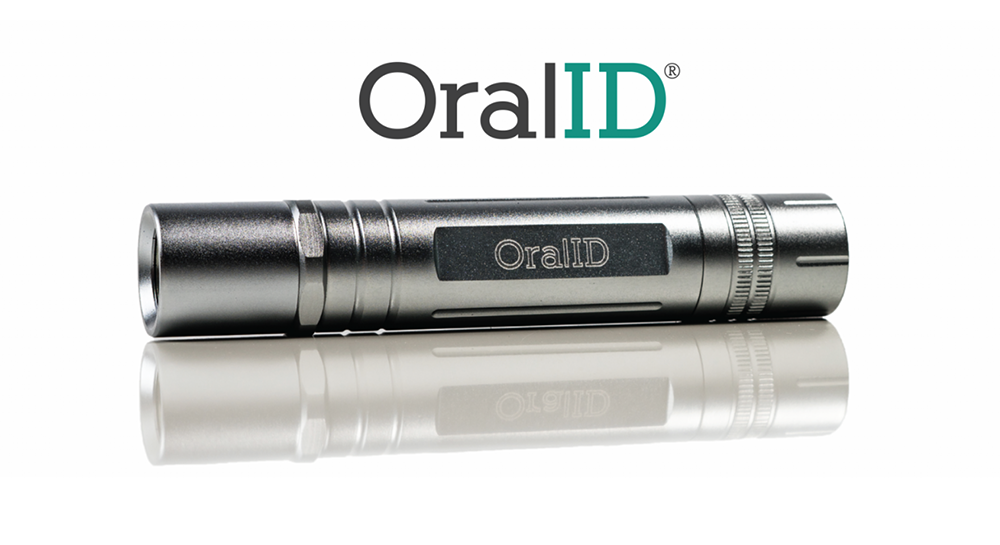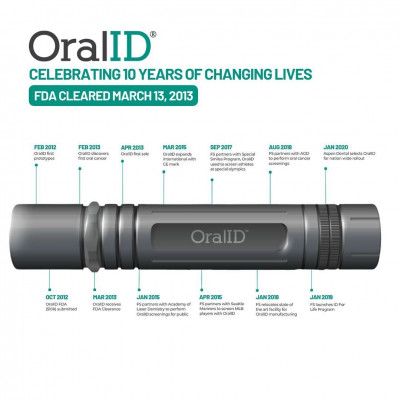OralID Oral Cancer Screening Device Reaches 10-Year Milestone
Forward Science celebrates a decade of changing lives with the hand-held oral cancer screening device.

This week, Forward Science’s flagship device, OralID, will celebrate 10 years since its FDA clearance. The vertically integrated MedTech company based in Houston, Texas, was founded in 2012 with the mission to change lives through innovative, cost-effective products, and the oral cancer screening device that uses fluorescence technology has been doing just that for a decade now.
OralID is a battery-operated, hand-held oral cancer screening device that uses fluorescence technology to provide clinicians an aid in visualization of oral mucosal abnormalities, such as oral cancer and pre-cancer. Over the last decade, tens of thousands of clinicians have used OralID globally. In partnership with these dental offices and clinicians, countless lesions and abnormalities have been discovered with an OralID screening.
Throughout the last decade, OralID has received several recognitions highlighting these innovations, such as the Best New Preventative Product, Product of the Year and Top Oral Cancer Screening Device every year OralID has been on the market.
The OralID Oral Cancer Screening Device from Forward Science celebrates a decade of changing lives.

“I am beyond proud to see how many lives have been changed through OralID screenings,” says Robert J. Whitman, CEO of Forward Science. “While the awards we have received are great, the real reward is the lives that have been changed through early discovery from OralID. Ten years ago, our goal was to change lives with OralID. Now, a decade later, the launch of OralID has changed the way dental offices screen patients for oral cancer all around the world. Thank you to our partners who have supported us over the last decade. We look forward to continuing the fight against oral cancer, together!”
Forward Science will continue to move science forward with their products and help patients achieve optimal oral health, the company states in a press release.
OralID uses the same proven fluorescence technology as other oral exam devices, with no up-front costs and lower overall lifetime costs. In addition, unlike any other device on the market, it has no per-patient cost during use. OralID's fluorescence technology uses a blue light (435–460 nm) that provides the clinician an aid in visualization of oral mucosal abnormalities, such as oral cancer and pre-cancer. The other medical applications of fluorescence technology include highlighting abnormalities of the GI tract, cervix, lung, and skin.
ACTIVA BioACTIVE Bulk Flow Marks Pulpdent’s First Major Product Release in 4 Years
December 12th 2024Next-generation bulk-fill dental restorative raises the standard of care for bulk-fill procedures by providing natural remineralization support, while also overcoming current bulk-fill limitations.